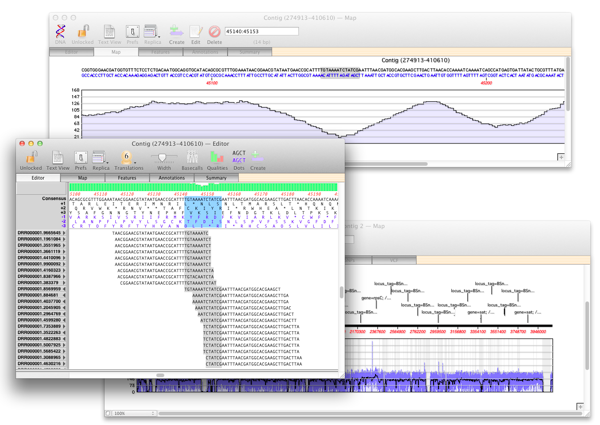

Tropp BE (2012) Molecular biology: genes to proteins, 4th edn.

Ma CH, Rowley PA, Macieszak A, Guga P, Jayaram M (2009) Active site electrostatics protect genome integrity by blocking abortive hydrolysis during DNA recombination. Hacker J, Kaper JB (2000) Pathogenicity islands and the evolution of microbes. Grindley ND, Whiteson KL, Rice PA (2006) Mechanisms of site-specific recombination. Ghosh K, Lau CK, Gupta K, Van Duyne GD (2005) Preferential synapsis of loxP sites drives ordered strand exchange in Cre- loxP site-specific recombination. Mob DNA 2:6Ĭraig NL (2002) Mobile DNA II. Annu Rev Genet 44:141–166Ĭambray G, Sanchez-Alberola N, Campoy S, Guerin E, Da Re S, Gonzalez-Zorn B, Ploy MC, Barbe J, Mazel D, Erill I (2011) Prevalence of SOS-mediated control of integron integrase expression as an adaptive trait of chromosomal and mobile integrons. Trends Microbiol 17:47–53Ĭambray G, Guerout AM, Mazel D (2010) Integrons. Mob DNA 4:24īoyd EF, Almagro-Moreno S, Parent MA (2009) Genomic islands are dynamic, ancient integrative elements in bacterial evolution. This process is experimental and the keywords may be updated as the learning algorithm improves.īoocock MR, Rice PA (2013) A proposed mechanism for IS 607-family serine transposases. These keywords were added by machine and not by the authors. Site-specific recombinases are also actively used as tools in the biotech. Site-specific recombinases perform a variety of biological functions including integration of bacteriophage DNA into a host genome, resolution of dimer DNA molecules, recombination of antibiotic resistance gene cassettes, and alteration of gene expression. The outcomes of site-specific recombination can include DNA integration, deletion, or inversion. Following isomerization, the DNA backbone is rejoined in a process that does not require ATP or metal cofactors. Both recombinase families form covalent bonds between the enzyme and the DNA backbone. These recombinase proteins belong to one of two families of proteins, the tyrosine recombinases and the serine recombinases. Conservative site-specific recombination is a process that enables genetic recombination between DNA molecules that contain short DNA sequences, which are bound by specific recombinase proteins.


 0 kommentar(er)
0 kommentar(er)
